When we think about blood, the color red often comes to mind. But in the fascinating world of biology, some animals have blue blood, a phenomenon that piques curiosity and inspires exploration. From the biological mechanisms behind blue blood to the animals that possess it, this article dives deep into everything you need to know about this unusual trait.
The blue color in the blood of certain animals comes from a respiratory pigment called hemocyanin. Unlike the red pigment hemoglobin, which relies on iron to bind oxygen, hemocyanin uses copper. When hemocyanin binds with oxygen, it turns blue, making the blood of these animals distinct from the red blood common in mammals.
Key points about hemocyanin:
Found in arthropods and mollusks.
Less efficient at oxygen transport than hemoglobin but works better in cold and low-oxygen environments.
Copper-based, unlike the iron-based hemoglobin in humans and other vertebrates.
Here’s a list of animals that boast blue blood, each fascinating in its own right:
Known as a “living fossil,” horseshoe crabs are famous for their blue blood, which contains amebocytes used in modern medical applications.
Their blood is crucial for detecting bacterial endotoxins in pharmaceuticals.
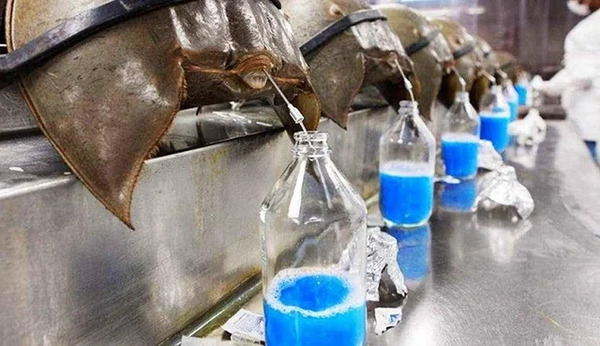
These intelligent mollusks rely on hemocyanin to survive in cold, oxygen-poor waters.
Their blue blood is a testament to their adaptation to deep-sea life.
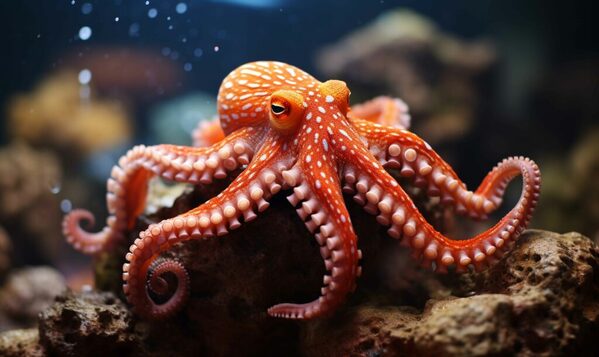
Squids, like their octopus relatives, have copper-based blood.
Their ability to survive in diverse marine environments is partly due to this unique blood composition.
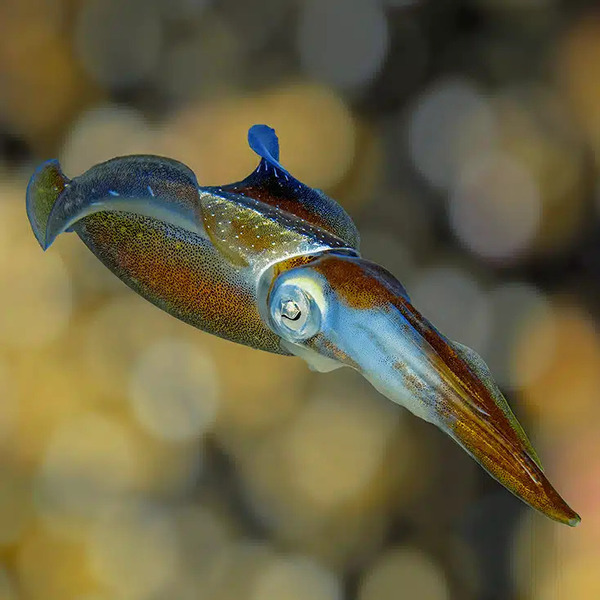
Often called the “chameleons of the sea,” cuttlefish also share this blue-blooded trait, which complements their sophisticated camouflage abilities.
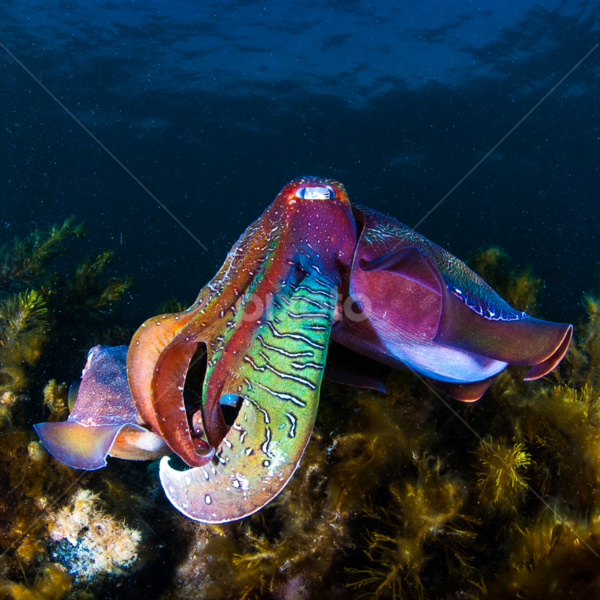
scorpions.html">Scorpions, terrestrial arthropods, possess blue blood, a trait that ties them to their ancient marine ancestors.
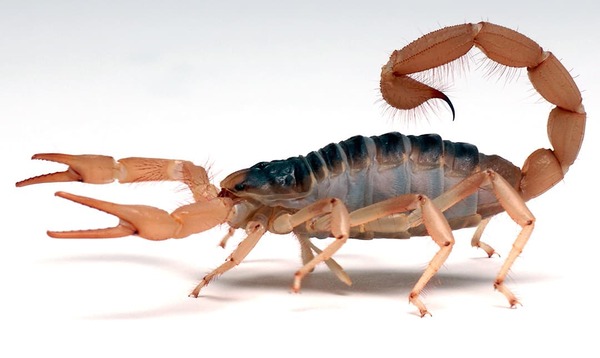
Lobsters and crabs also fall under the blue-blooded category, highlighting the adaptability of hemocyanin across marine and terrestrial environments.
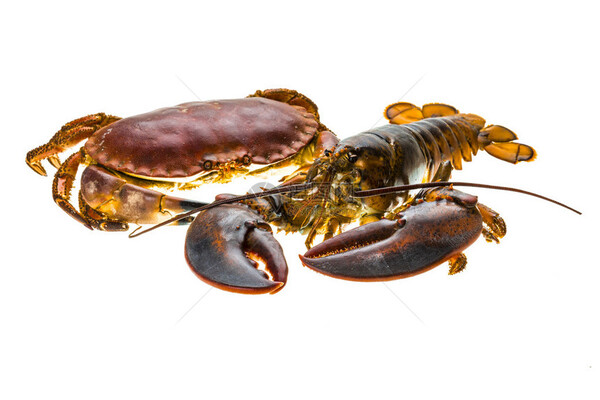
The presence of blue blood is an evolutionary adaptation:
Low Oxygen Environments: Hemocyanin is better suited for animals living in oxygen-poor habitats, such as deep oceans.
Cold Waters: Copper-based blood performs well in low temperatures, ensuring efficient oxygen transport.
One of the most remarkable applications of blue blood is in medicine, particularly the blood of the horseshoe crab:
Limulus Amebocyte Lysate (LAL): Extracted from horseshoe crab blood, LAL is used to detect bacterial contamination in drugs and medical equipment.
Endotoxin Testing: A critical step in ensuring the safety of vaccines and intravenous drugs.
However, this life-saving use has raised concerns about the conservation of horseshoe crabs, as overharvesting poses a threat to their populations.
Here are some intriguing facts that make blue-blooded animals even more fascinating:
Horseshoe Crab Blood Is Priceless: A gallon of horseshoe crab blood can cost up to $60,000 due to its medical importance.
Octopus Blood is Adaptable: Their blue blood allows them to thrive in both shallow coral reefs and the depths of the ocean.
Blue vs. Red: Unlike hemoglobin, which turns bright red when oxygenated, hemocyanin’s blue color is unmistakable.
While blue blood is unique, it’s not the only surprising color in nature:
Green Blood: Some lizards, like the New Guinea skink, have green blood due to high levels of biliverdin.
Purple Blood: Peanut worms use hemerythrin, which gives their blood a purple hue.
Transparent Blood: The icefish of Antarctica lacks hemoglobin, making its blood clear.
Many blue-blooded species, such as horseshoe crabs, face threats due to overharvesting and habitat loss. Conservation efforts include:
Promoting sustainable harvesting practices for medical use.
Protecting marine ecosystems that house blue-blooded animals.
Raising awareness about their ecological and medical importance.
The term "blue blood" isn’t just biological; it’s also a cultural metaphor for nobility and aristocracy. This stems from the idea that aristocrats, avoiding outdoor labor, had paler skin, making their veins appear blue.
From the horseshoe crab's life-saving blood to the octopus’s deep-sea adaptation, blue-blooded animals are a testament to nature’s incredible diversity. Understanding the science, conservation, and cultural significance of these creatures enriches our appreciation of the natural world.
Whether you’re a biology enthusiast, a curious explorer, or someone fascinated by the unusual, the world of blue-blooded animals is as captivating as it is essential to study and protect.
animal tags: blue-blooded-animals
We created this article in conjunction with AI technology, then made sure it was fact-checked and edited by a Animals Top editor.